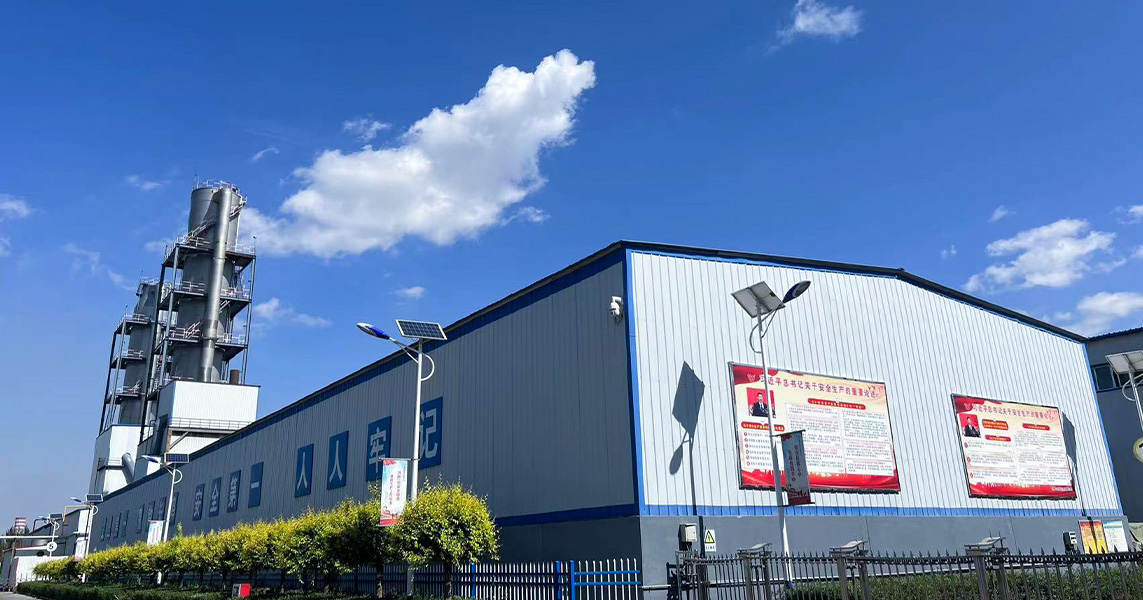Explore Premium Indigo Dye for Superior Quality Jeans Crafting and Fashion Innovation Today
The Art and Science of High-Quality Indigo Jean Dye
Indigo dyeing is a practice that has fascinated artisans and fashion enthusiasts alike for centuries. The deep, rich blue associated with high-quality indigo jeans is not just a fashion statement; it embodies a blend of art, tradition, and a respect for sustainable practices. This article delves into the nuances of high-quality indigo jean dye, exploring its history, production methods, and the factors that contribute to its premium quality.
The Historical Significance of Indigo
Indigo dyeing is one of the oldest dyeing methods known to humanity, with origins tracing back over 6,000 years to ancient civilizations in Egypt and India. The name indigo comes from the Latin word indicum, meaning from India. Historically, indigo was prized as a valuable commodity and a symbol of status due to its vibrant color and the labor-intensive process required for its production. In the 19th century, indigo became synonymous with denim, particularly in the American West where it was used in blue jeans for miners and workers.
The Science Behind Indigo Dye
The dyeing process involves extracting the color from the leaves of the Indigofera plant. This natural dye undergoes a fermentation process, where the leaves are soaked in water and mixed with an alkaline substance, creating a solution that can bind to fibers. This reaction transforms the soluble dye into an insoluble form that adheres to cotton fibers. The use of natural indigo not only results in a stunning aesthetic but also ensures that jeans dyed with this method possess unique fading patterns over time, giving each pair its distinct story.
The Characteristics of High-Quality Indigo Dye
High-quality indigo jean dye is characterized by its rich pigment and durability. Unlike synthetic dyes that tend to fade quickly, natural indigo develops a beautiful patina with use, often deepening in color and character. Authentic indigo-dyed jeans typically exhibit a variety of shades and textures, creating a depth that artificial dyes cannot replicate.
high quality indigo jean dye

Several factors contribute to the quality of indigo dye
1. Purity of the Dye High-quality jeans are made from purely extracted indigo. Some manufacturers may cut costs by using cheaper substitutes or blends, which can compromise the vibrancy and longevity of the color.
2. Dyeing Techniques Traditional shibori techniques, for example, allow artisans to manipulate the fabric during the dyeing process, resulting in intricate patterns and shades that enhance the uniqueness of each piece.
3. Fabric Quality The base material - usually cotton - must also be of high quality. Premium cotton absorbs dye better, resulting in a richer, more saturated color.
4. Environmental Considerations With growing concerns about sustainability, many manufacturers are exploring eco-friendly methods of dye production, including organic farming practices for the Indigofera plant and environmentally safe dyeing processes.
The Future of Indigo Dyeing
As consumer awareness around environmental issues and sustainability increases, the demand for high-quality indigo-dyed jeans is on the rise. Brands are responding by innovating new processes that reduce water usage and chemical runoff, preserving the age-old tradition of indigo dyeing while catering to the eco-conscious consumer.
In conclusion, high-quality indigo jean dye is not just about color; it's a celebration of heritage, craftsmanship, and sustainability. By choosing indigo-dyed jeans, consumers invest not only in a fashion item but also in a narrative steeped in history and an understanding of the artistry behind one of the world’s most loved colors. Whether dressed up or down, high-quality indigo jeans remain a timeless wardrobe staple that wonderfully marries past and present.
-
The Timeless Art of Denim Indigo Dye
NewsJul.01,2025
-
The Rise of Sulfur Dyed Denim
NewsJul.01,2025
-
The Rich Revival of the Best Indigo Dye
NewsJul.01,2025
-
The Enduring Strength of Sulphur Black
NewsJul.01,2025
-
The Ancient Art of Chinese Indigo Dye
NewsJul.01,2025
-
Industry Power of Indigo
NewsJul.01,2025
-
Black Sulfur is Leading the Next Wave
NewsJul.01,2025

Sulphur Black
1.Name: sulphur black; Sulfur Black; Sulphur Black 1;
2.Structure formula:
3.Molecule formula: C6H4N2O5
4.CAS No.: 1326-82-5
5.HS code: 32041911
6.Product specification:Appearance:black phosphorus flakes; black liquid

Bromo Indigo; Vat Bromo-Indigo; C.I.Vat Blue 5
1.Name: Bromo indigo; Vat bromo-indigo; C.I.Vat blue 5;
2.Structure formula:
3.Molecule formula: C16H6Br4N2O2
4.CAS No.: 2475-31-2
5.HS code: 3204151000 6.Major usage and instruction: Be mainly used to dye cotton fabrics.

Indigo Blue Vat Blue
1.Name: indigo blue,vat blue 1,
2.Structure formula:
3.Molecule formula: C16H10N2O2
4.. CAS No.: 482-89-3
5.Molecule weight: 262.62
6.HS code: 3204151000
7.Major usage and instruction: Be mainly used to dye cotton fabrics.

